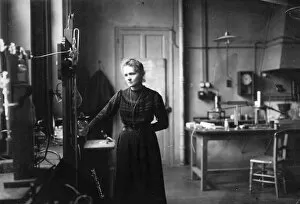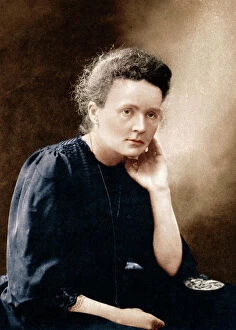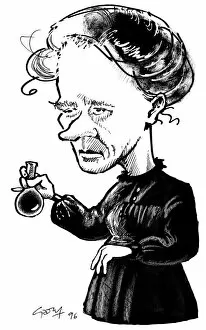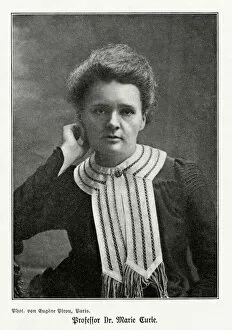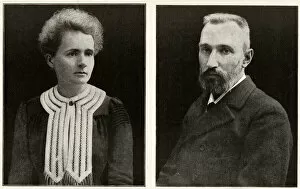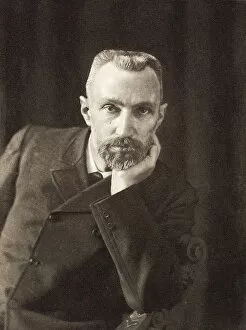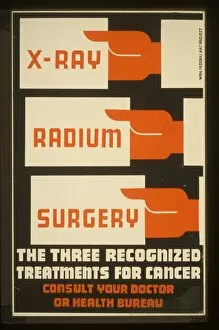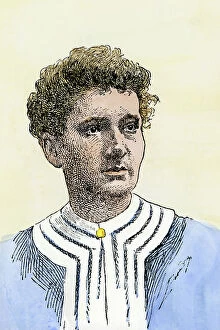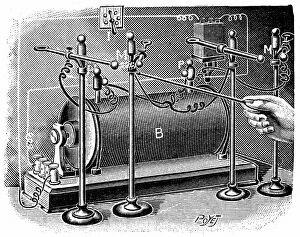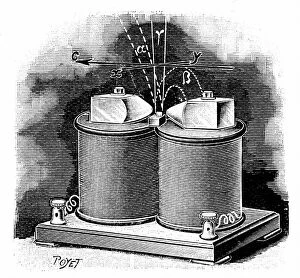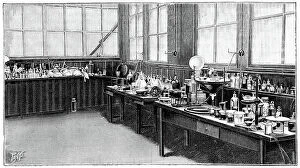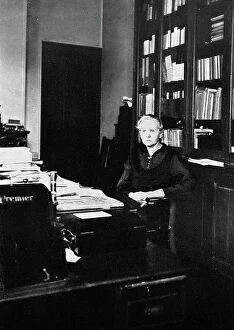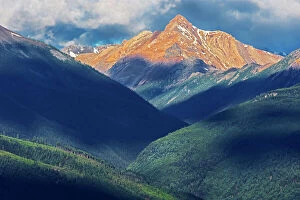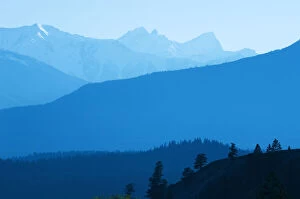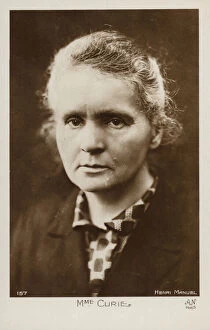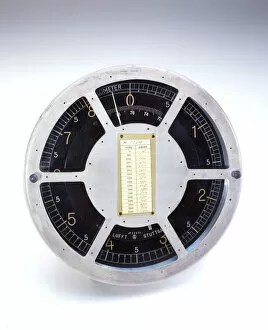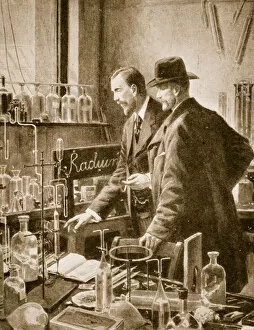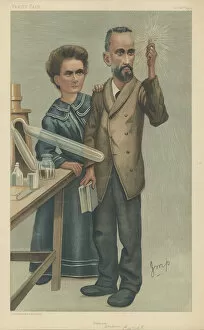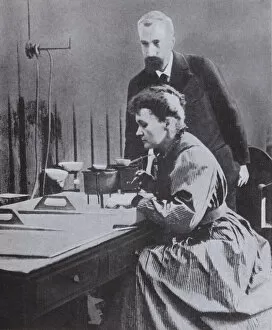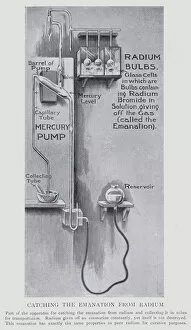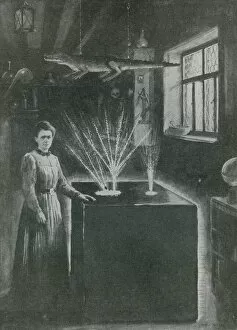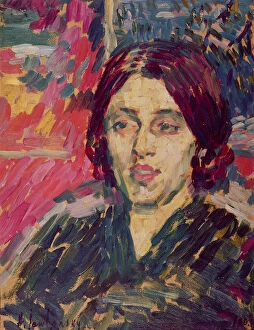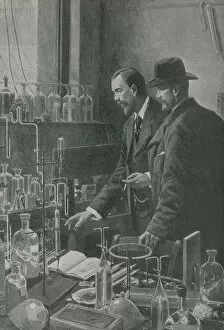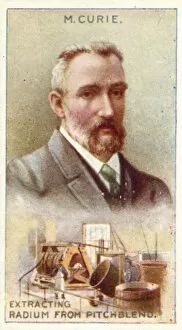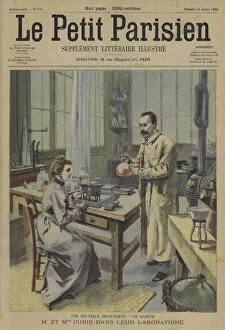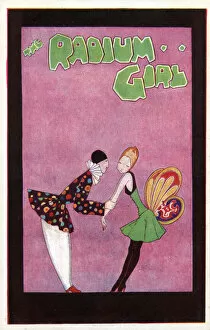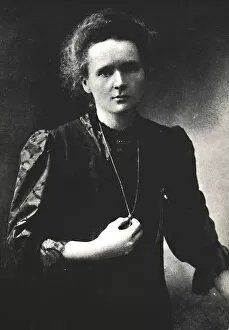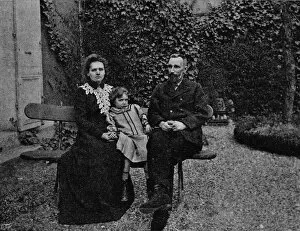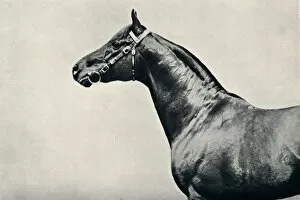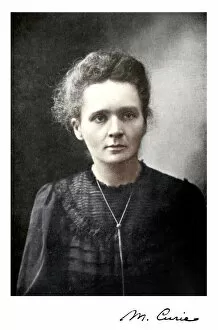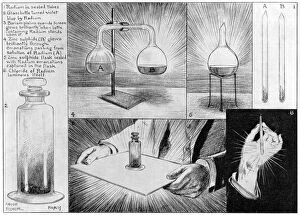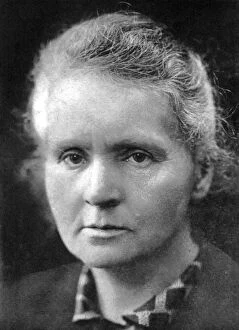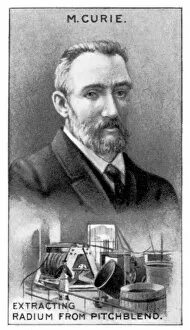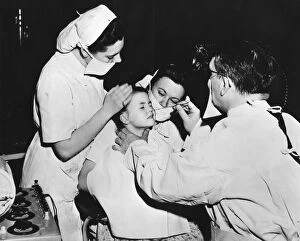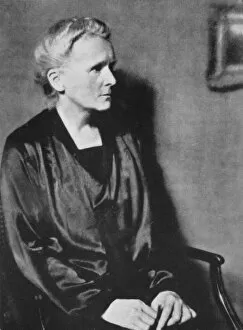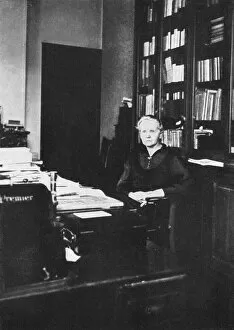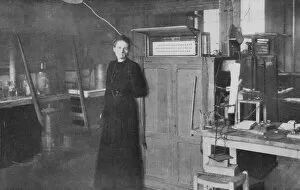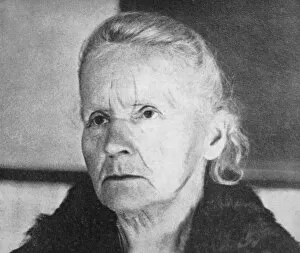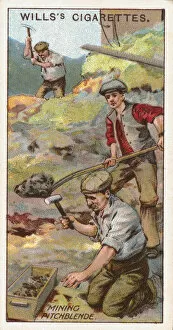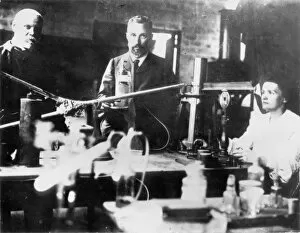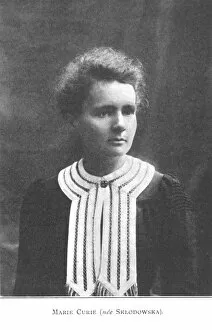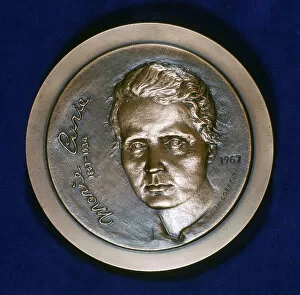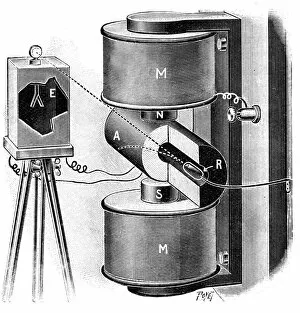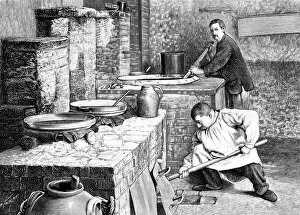Radium Collection
"Discovering the Power of Radium: Marie Curie's Nobel Prize-Winning Breakthrough" Marie Curie, a brilliant Polish-French physicist
For sale as Licensed Images
Choose your image, Select your licence and Download the media
"Discovering the Power of Radium: Marie Curie's Nobel Prize-Winning Breakthrough" Marie Curie, a brilliant Polish-French physicist, made history with her groundbreaking research on radium. Alongside her husband Pierre Curie, they revolutionized the field of science and medicine. In 1903, Marie Curie became the first woman to win a Nobel Prize for her work in physics. Her relentless dedication led to the discovery of radium, an element that would forever change our understanding of radiation. Caricatures may have depicted Marie Curie as she delved into uncharted territory, fearlessly exploring the properties of this mysterious substance. With X-ray technology already recognized as a medical breakthrough, radium emerged as another potential treatment option alongside surgery. The DDE-90027769 compound symbolizes the scientific identification assigned to radium by researchers worldwide. Its significance lies in its ability to unlock new possibilities in various fields such as medicine and industry. Captured in a black-and-white photograph is Marie Curie herself—a trailblazing figure who defied gender norms and shattered glass ceilings. Her contributions continue to inspire generations of scientists and chemists today. Beyond her scientific achievements, other images showcase Pierre Curie engaging in conversations with Sir William Ramsay—an exchange that likely sparked further advancements in their respective fields. Moreover, an altimeter designed by Zeppelin creator G Lufft serves as a testament to how far-reaching the impact has been across different industries throughout history. As we reflect upon these captivating glimpses into Marie Curie's life and work from over a century ago—her portrait from around 1901—we are reminded not only of her brilliance but also her enduring legacy that continues to shape our world today.

